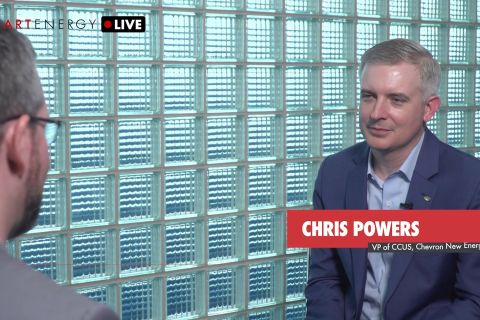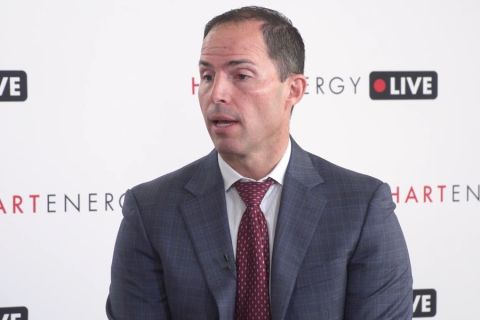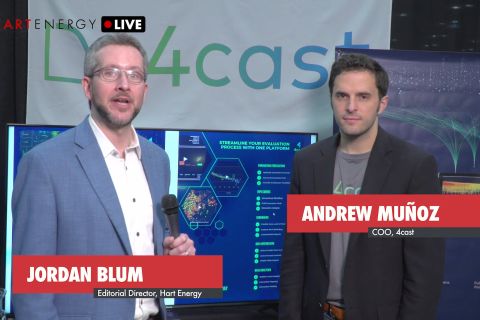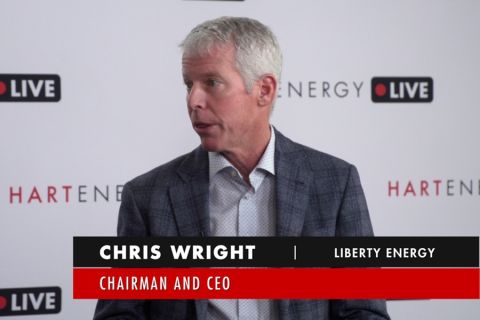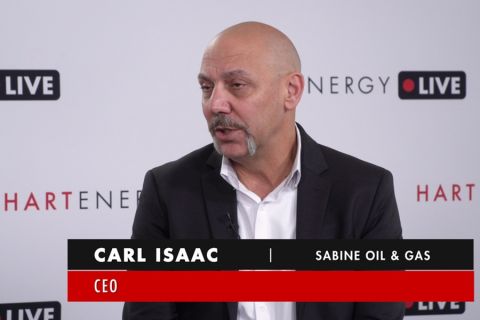Presented by:
“Anecdotally, yes, it seems like investment in oil and gas from family offices has increased on a percentage basis,” said Marc J. Sharpe, chairman and founder of the Family Office Association. “While it’s difficult to say if the trend is accelerating, it certainly feels like an institutional pullback in oil and gas investing, both debt and equity, is creating opportunity for family offices to fill the vacuum in funding.”
However, the specific motivations have more to do with internal governance and investment mandates, Sharpe noted.
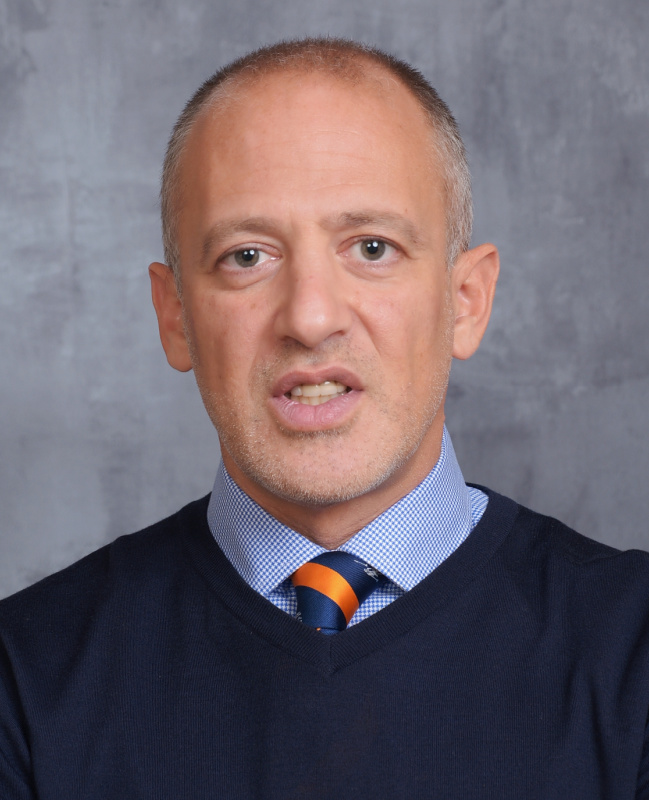
“Younger generations often want to offset petroleum investments or diversify away from the sector, but deep family expertise in oil and gas, as well as a predictable and reliable return profile, maintain the asset classes overall appeal. To bridge some of these generational divides, there is an increasing interest in technology companies that seek to improve efficiency and reduce the carbon footprint.”
Family offices take a risk-mindful approach, Sharpe said. “Given that less institutional capital is flowing in, and less capital in general is available, better structures with tighter covenants are possible. Such structures might not have been possible a few years ago when the availability of capital for growth and expansion was more readily available. Equity upside with debt characteristics is ideal for many family offices and given the direction of the market I expect to see more of those opportunities present themselves.”
The watchwords these days for investment are risk-adjusted returns and sustainable, tactical investments. At the same time, there has been a great deal of criticism of unconventional producers for their track records on total return. Still, private capital remains attracted to oil and gas. “Regardless of the popular marketing terms, at the end of the day you’re dealing with income-producing, real assets. When managed well you can call them ‘risk-adjusted,’ ‘sustainable,’ ‘tactical’ or something else,” said Sharpe.
“Analysis begins with understanding the underlying asset and its potential value. The physical and financial engineering around that asset is always a function of the asset itself. No one I know believes oil and gas is going away in the next 10 years, so there will be a need to continue funding high-quality projects for some time to come.”
As ever with investing, the only matter more important than getting in is getting out. Exit strategies and timelines have changed significantly for large private equity investments in upstream. An operating company typically would be in the portfolio about five to seven years before being sold to a public or strategic buyer. Now many assets and operators are simply being shuffled around between or sometimes within big private equity portfolios.
In contrast to that, “family offices tend to be defensively oriented,” Sharpe said. “Wealth preservation is often a priority. In terms of oil and gas, the investment needs to stand on its own. If profitable and cash-producing, any exit scenario can be treated as pure upside. Multigenerational family offices understand the value of the asset itself and look for ways to minimize downside risk. I think we will see longer hold times by family offices and more self-liquidating vehicles that will be held until end of life.”
Land and cattle
There is no typical family office, but CedarTop Capital reflects one that could be considered characteristic: It is a single family that had a large land holding with cattle on the surface and liquid hydrocarbons under. The ranch was sold several years ago as a going concern, with the family retaining some mineral rights. While with the family, the ranch’s oil and gas production included several dozen operators, so the family had a wide experience in the sector.
“The family office I now manage does not stray too far from what the family knows: ranching and agriculture, oil and gas and real estate,” said Matt Lemme, chief investment officer, CedarTop Capital. “There definitely seems to be an uptick of interest in the oil and gas sector from family offices in general, and the folks that have historically been in energy have stayed active. I am also seeing a lot more deals come across my desk these days.”
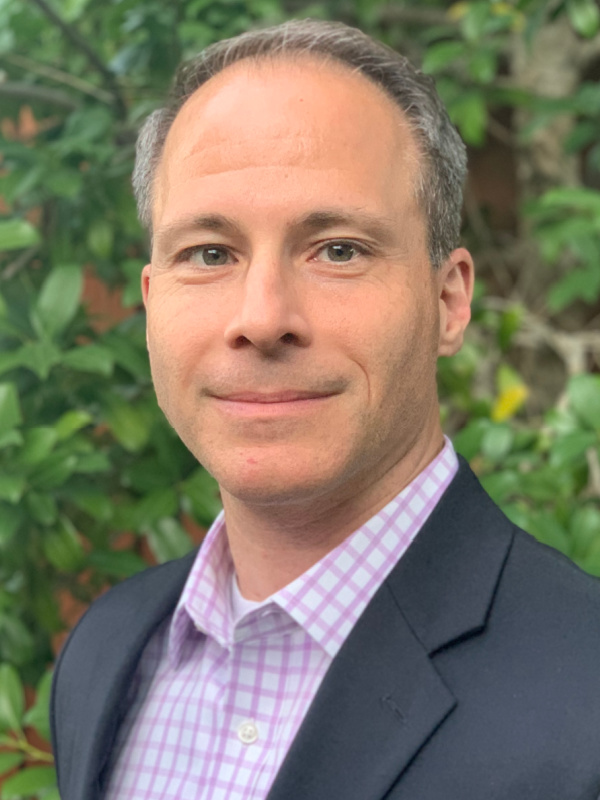
While family offices are usually eager to put their capital to work, Lemme said that in oil and gas at the moment, “a lot of us see a chance to participate in the industry in a bigger way as banks, public capital sources and even some private equity shun the industry, making capital formation more inefficient and returns higher.” To some that may sound opportunistic, even mercenary, but Lemme suggested it is more like tough love.
“We have seen a bunch of deals where acreage is getting picked off or small assets are getting carved out at attractive valuations. They are often off the fairway, or on the [Central Basin] Platform [in the Permian]. Drilling economics in general are obviously very good at these prices, but the deals we’ve invested in still work at sub-$40 oil.
“We are mostly agnostic about regions except for a few. For example, we will avoid California because there is a good chance your downside is a donut. That is one of the no-nos in this family office: Avoid situations with a non-negligible risk of permanent loss.”
The first half of the year was very quiet, Lemme noted, then activity increased notably starting in June.
“We mostly work on direct deals. There is a lot of networking involved because it’s not as easy as placing money in a blind pool or a fund, but we think that is how you get the best returns and maintain as much control as possible when you are not operating. One novel form I have seen a couple of times this year is the series LLC. It is one entity with sub-entities, each with their own assets, so an operator can buy one set of assets in one sub-entity and then set up another one and raise money for it separately as it identifies other assets.”
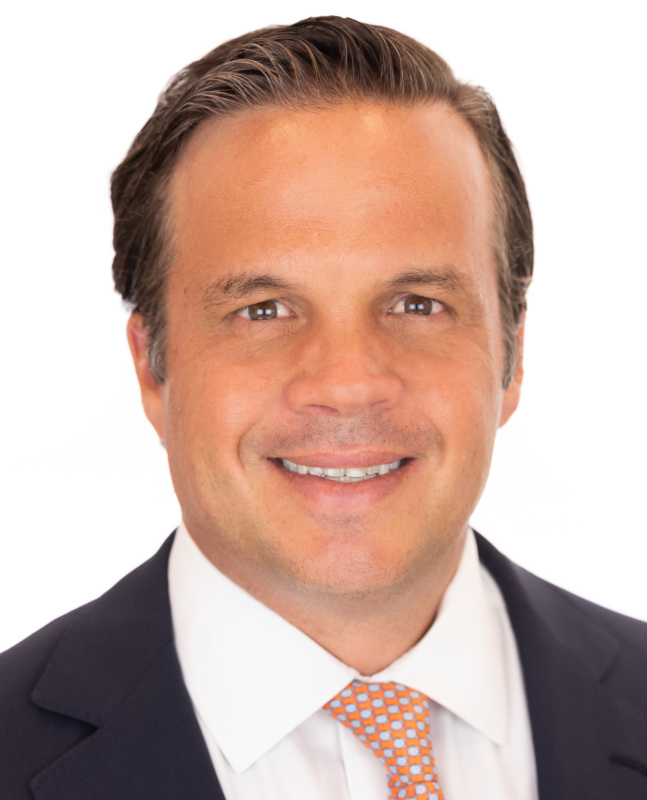
Market has turned 180 degrees
Family offices do like contrarian investments, said Bryan Sheffield, managing partner of Formentera Partners LP. “They don’t need to go with the money flow because they each have their own investment criteria. Also, family offices like to see deep value, which translates to the current environment in oil and gas. I wouldn’t say family offices are accelerating, they are being very selective. Also, most family offices like one-off deals versus an open-ended fund. This makes it trickier. There will need to be more patience on deal execution.”
That patience is especially important given that there is a lack of capital in the segment. “Family offices cannot fill the void” on their own, Sheffield said. “There is simply too much pressure between sellers versus buyers. That means price will have to change. Overall, the return opportunity is a bigger driver of interest versus seeking exposure to the commodity.”
Deal activity has picked up significantly compared to last year across the spectrum of deals and transaction types, Sheffield observed. “One of the main drivers has been the recovery of oil and gas prices that has bridged the gap between capital providers as well as buyers and sellers. The types of transactions really range from equity-type capital to more structured capital. This activity should continue to be robust as there are significant asset sales on the market that need to be funded, and that is not expected to change in the near future.”
All that said, Sheffield acknowledged that historical returns have been poor in oil and gas. “The main issue is the historical model of growth has been very challenged during the volatility of commodity prices and a prolonged period of low prices,” he said.
“Given the lack of capital, there is a real opportunity for the first time in a long period where you can buy de-risked oil and gas assets and generate risk-adjusted returns,” said Sheffield. “The reason this was not available historically is that there was too much capital that resulted in people paying for growth which had a high degree of execution risk. The market has turned 180 degrees to where there is limited to no value on growth and discounted value on existing production which is significantly lower risk.”
Tactically, Sheffield suggested that, at present, sellers are wise to run a marketed process as opposed to one-off transactions. “The market is distorted,” he said, “and sellers always have huge expectations. To find true valuation, a seller needs to hire a bank to run a process. It’s the exact opposite in that we use to do at [my former operating company, where] all deal flow was done by relationships.”
Deal type—operated, nonoperated or minerals—will determine whether investors are seeking their own deals or looking at deal flow that is shown to them, Sheffield said. “Typically, unless a family office has an existing operations team, they are not seeking operating deals directly; however, minerals or nonoperated may allow for that. There are all types of opportunities available and so investors can be selective depending on their risk tolerance.”
Exit planned but assets held
Family offices are seeking “high-quality private deals where the risk/return profile is dislocated,” said Steven Ganss, managing partner of ReignRock Capital Partners. That is both a push and a pull.
“When you factor in real expected returns and where valuations are and have been recently, investing in the energy sector still looks attractive, even more so when you factor in the prospect for increasing inflation numbers. I would say more and more family offices are seeing a return to traditional or conventional production opportunities as a better hedge to inflation than even real estate.”
Among the varied approaches favored by family offices, Ganss said he had heard some discussion on private debt, “but with inflation on the horizon, the real risk in that is increasing.
“And those deals, unlike traditional bank debt and even some mezzanine debt, are fixed coupon. Given likely changes to the capital-gains laws, I think people that have wanted to sell assets have or are completing those now and hoping any tax law changes are not retroactive. Most people I talk to are less likely to sell with higher anticipated cap gains, which is to be expected.”
Risk-adjusted return remains important, mostly. “I’m not sure how much weight it carries, however,” Ganss cautioned. “If you have an angle that reduces any type of environmental impact or risk, then people want to discuss. For example, the project we just funded last December is a tertiary recovery project, meaning we are taking old assets with a high degree of understanding about the subsurface structure and remaining oil in place and finding a creative way to re-energize the reservoir.”
The ESG angle in that deal was in keeping an active asset that would normally be plugged.
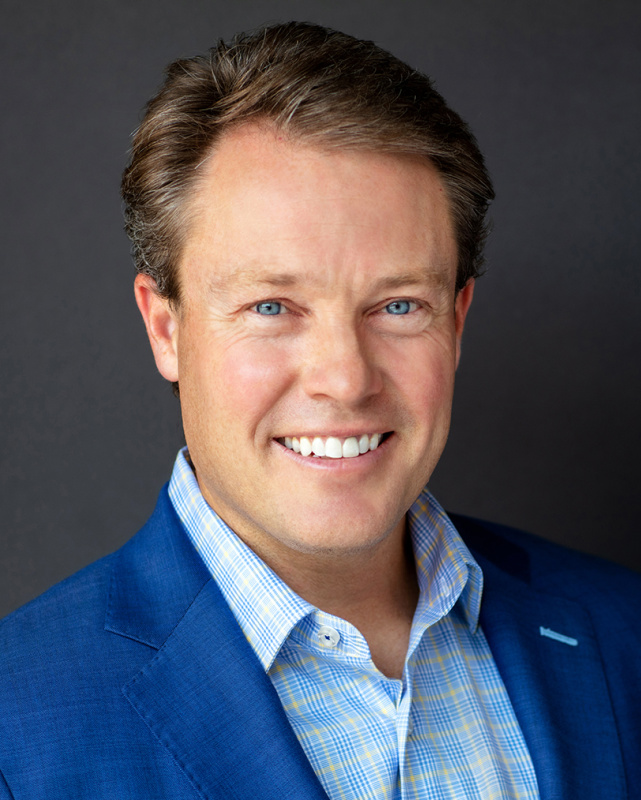
“Additionally, we can produce through most of the existing well bores,” Ganss said, “which means our drilling footprint will be very light, and all of the gases produced will be re-injected so there is no atmospheric release. When you combine that profile with risk-adjusted returns in the mid-30% range over a long cycle, 20 years worth of income, you have something people want to look at.”
Even though exit strategies are more flexible for family offices than they are for large private equity funds, those are still important scenarios.
“One of the interesting things about our recent deal is that we run the typical five- to seven-year hold with an exit planned, but at the same time, all of our deals must stand on their own and, at a minimum, deliver cash-on-cash returns of greater than 20% over the long term. Thus, our strategy here is to hold this asset for 20 years or more and simply return cash to investors (30% IRR/11x ROI) with the option to sell if conditions warrant.”
Drinking out of a fire hose
“With rising commodity prices, we are seeing an increase in interest of family offices in oil and gas,” said Robert Martinez, president and CEO, Titan Rock Exploration & Production LLC. He noted that capital is “deal by deal and plug equity. Not like the usual capital ‘commitments’ by big PE [private equity] houses. The family office involvement is very tactical, very specific. It is not just backing a team in a basin, but it is filling a vacuum that has been left by other forms of capital.”
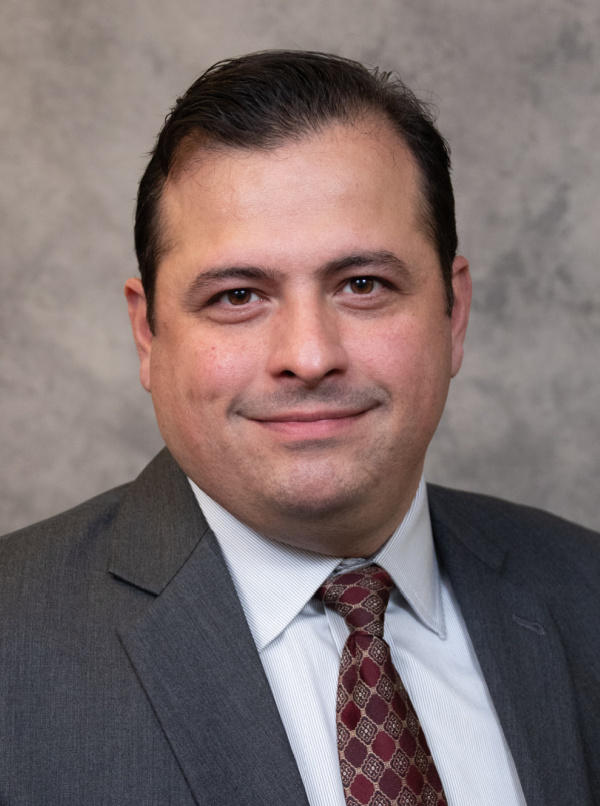
The family offices expanding into upstream hydrocarbons are often experienced in oil and gas themselves, Martinez added. “Many of them have their own operating platforms, and by that I mean either, literally, production on their land or already in their portfolios, or in terms of in-house expertise, an engineer or landman.”
One of the advantages of family office investment is the flexibility. Martinez said that the deals with which he has been involved recently have run the gamut from equity plugs for specific operations to limited partnerships in a debt structure to upside-only investments and drilling partnerships, or drillcos.
“The deal structure is often dictated by the nature of the A&D market at the time,” Martinez said. “Looking back over 2021, we went from no deals at all for quite a while to drinking out of a fire hose. The opportunity set has gotten better quarter by quarter this year. The uptick in deal flow started at the end of the first quarter and accelerated through the second quarter. When we hit $70 oil and $5 gas, everyone pushes to high-grade their holdings.”
Martinez stated plainly that “deal structure matters is key. We approach valuation very carefully, particularly with the alignment of investors and operating management.”
He explained that it is not unknown for deal structure and alignment to take precedence. Even when a prospective transaction involves prime acres and good rock, if the terms, the structure and the alignment are not of equally high caliber, there may be no deal. Conversely, prospects a bit off the fairway may be an easy choice if valuations are compelling, the deal structure is advantageous and the operating team is aligned with investors.
“All risks are evaluated, and full-cycle economics are weighed in,” said Martinez. “The essential question is, ‘When will I get my money back?’ For the past 15 years, the industry has been a development machine. In the last few years, investors have been starting to ask, ‘How does all of this drilling make sense?’ The answer, clearly, is that some of it never did.”
Higher prices have helped in the past few months, but Martinez stressed that “the days of drilling a few wells and selling off the position are over. Today and for the foreseeable future you will have to live with your decisions.”
The beauty of the family office, Martinez said, is the ability to move quickly, be flexible and opportunistic. “You get into the room with the decision-makers. The exit strategy can be to sell in six months or 16 years, what makes the most practicable and economic sense. For a long time, prices could cover a lot of mistakes. In the past year or two, the industry has been able to cull the herd. Now with rising prices, the feeling among operators and investors is: Game on, let’s go!”
Recommended Reading
Exclusive: Chevron New Energies' Bayou Bend Strengthens CCUS Growth
2024-02-21 - In this Hart Energy LIVE Exclusive interview, Chris Powers, Chevron New Energies' vice president of CCUS, gives an overview of the company's CCS/CCUS activity and talks about the potential and challenges of it onshore-offshore Bayou Bend project.
Chesapeake, Awaiting FTC's OK, Plots Southwestern Integration
2024-04-01 - While the Federal Trade Commission reviews Chesapeake Energy's $7.4 billion deal for Southwestern Energy, the two companies are already aligning organizational design, work practices and processes and data infrastructure while waiting for federal approvals, COO Josh Viets told Hart Energy.
Exclusive: As AI Evolves, Energy Evolving With It
2024-02-22 - In this Hart Energy LIVE Exclusive interview, Hart Energy's Jordan Blum asks 4cast's COO Andrew Muñoz about how AI is changing the energy industry—especially in the oilfield.
Exclusive: Liberty CEO Says World Needs to Get 'Energy Sober'
2024-04-02 - More money for the energy transition isn’t meaningfully moving how energy is being produced and fossile fuels will continue to dominate, Liberty Energy Chairman and CEO Christ Wright said.
Exclusive: Sabine CEO says 'Anything's Possible' on Haynesville M&A
2024-04-09 - Sabine Oil & Gas CEO Carl Isaac said it will be interesting to see what transpires with Chevron’s 72,000-net-acre Haynesville property that the company may sell.



